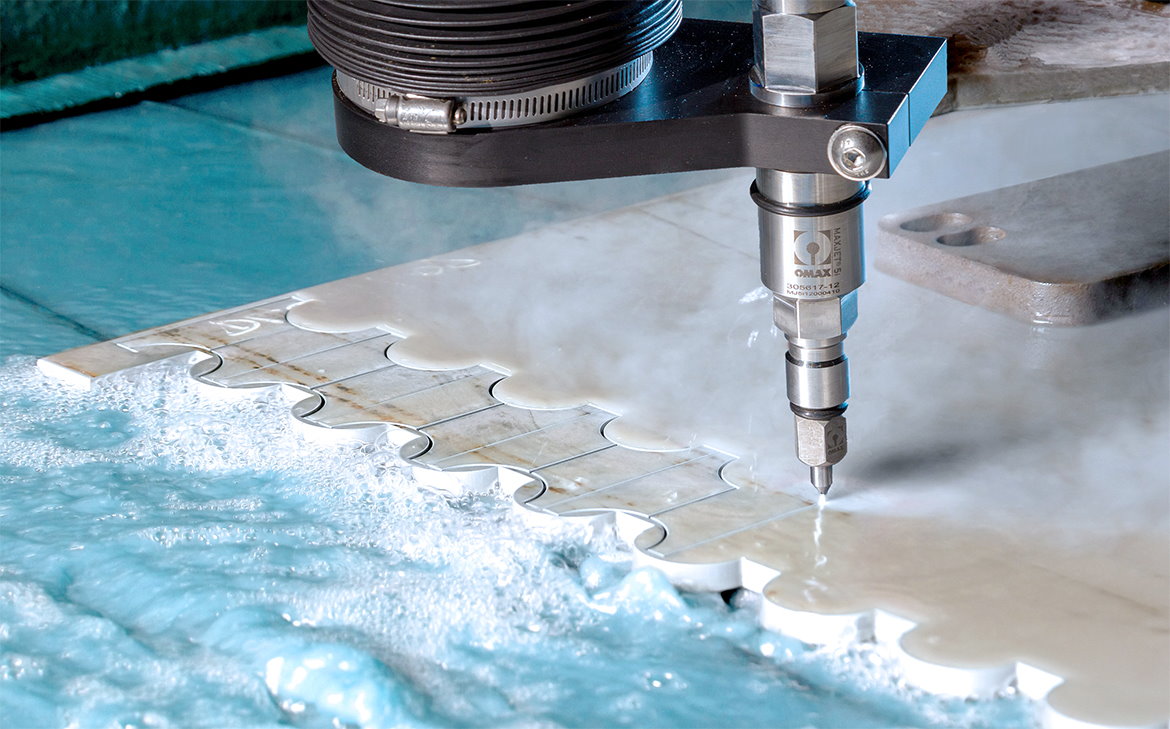Emerging Innovations in Metals Manufacturing and Processing
A realm of metalworking and machining is transforming at a breathtaking pace, powered by developments in technological advancements and the ever-growing demands of multiple sectors. As businesses seek ways to boost productivity and exactness, methods such as laser and waterjet cutting processes have gained attention. These approaches not only offer unmatched exactitude but also allow manufacturers to tackle advanced patterns that were once thought to be impossible.
In an age where customization is crucial, new trends in production and manufacturing are changing how businesses approach their fabrication systems. By embracing innovative fabrication methods, producers can reduce excess material, enhance resource utilization, and considerably decrease turnaround times. The combination of automation and innovative tech promises simplify operations and elevate the level of quality in metal manufacturing, guaranteeing that organizations remain viable in a rapidly changing marketplace.
Benefits of Laser Cutting
Laser cutting offers a superior level of accuracy, allowing for intricate designs and tight tolerances that conventional cutting techniques may find it challenging to achieve. This precision is vital in sectors where precise measurements are essential, such as aviation and car production. The focused laser beam facilitates the creation of intricate geometries while providing a neat and smooth finish on the edges of the cut materials.
One of the notable benefits of laser cutting is its versatility in handling a wide range of materials. From metals like aluminum and stainless steel to fragile materials like polymer and timber, laser cutting technology adapts well to various uses. This flexibility not only boosts manufacturing efficiency but also minimizes waste, as the precise cutting reduces the need for secondary processing operations.
Furthermore, laser cutting is known for its speed and efficiency. The technology can handle materials rapidly without compromising quality, making it an excellent choice for mass production. This rapidity translates to shorter turnover times for projects, allowing manufacturers to react swiftly to consumer needs and stay competitive in a dynamic industry.

Perks of Water Jet Cutting
Waterjet cutting is known for its adaptability, allowing it to easily cut through a wide range of materials, including metallic substances, glass, natural stone, and plastics. This versatility makes it an perfect choice for industries that require accuracy and efficiency in cutting diverse materials. Unlike traditional cutting methods, the technology behind waterjet cutting does not create thermal distortion, which means there is little distortion of the material being cut. This characteristic is essential for uses that demand high tolerances and exact specifications.
Another major benefit of waterjet cutting is its sustainable nature. The process uses H2O as its primary cutting medium, minimizing waste and removing the need for dangerous cutting fluids or gases. This eco-friendly approach attracts companies looking to boost their sustainability practices and reduce their environmental footprint. Furthermore, the lack of toxic substances ensures a healthier working environment for operators and decreases disposal costs associated with chemicals.
Additionally, waterjet cutting is very efficient, allowing for exact cuts with minimal kerf. This precision leads to lowered material wastage, resulting in cost savings for companies on raw materials. Coupled with the ability to cut intricate shapes and designs without the need for extensive tooling changes, waterjet cutting greatly enhances productivity in production processes. As industries continue to seek creative solutions, the requirement for waterjet cutting services is anticipated to rise, driving progress and developments in this cutting technology.
Upcoming Innovations in Metal Fabrication
The landscape of metal fabrication is set for notable transformation as new technologies continue to evolve. Innovations such as machine intelligence and automated learning are likely to simplify processes, boosting efficiency and precision in metal cutting. These technologies can examine large amounts of data to enhance cutting parameters in real time, making services like lasers and water jet cutting more responsive to individual project requirements. As manufacturers start to adopt smart systems into their processes, we can anticipate a movement towards more self-operating and intelligent fabrication environments.
Another thrilling trend is the increasing use of cutting-edge materials in the fabrication process. With the rise of advanced composites and new specialized alloys, metal fabricators are training to work with materials that offer enhanced performance characteristics. This shift not only calls for new cutting techniques but also enhances the adaptability of laser and waterjet cutting service s. By utilizing the benefits of these advanced materials, manufacturers can produce lighter, higher strength components that meet the needs of modern industries, from aerospace to automotive.
Eco-friendliness is also becoming a key focus for future innovations in metal fabrication. As industries aim to reduce their carbon footprint, sustainable manufacturing practices are gaining traction. Waterjet cutting, known for its ability to lower waste and use reduced energy compared to traditional methods, is predicted to see increased adoption. Moreover, advancements in repurposing and using sustainable materials will enhance these cutting technologies, culminating in a more sustainable approach to industrial cutting and manufacturing that aligns with global movements toward sustainability.